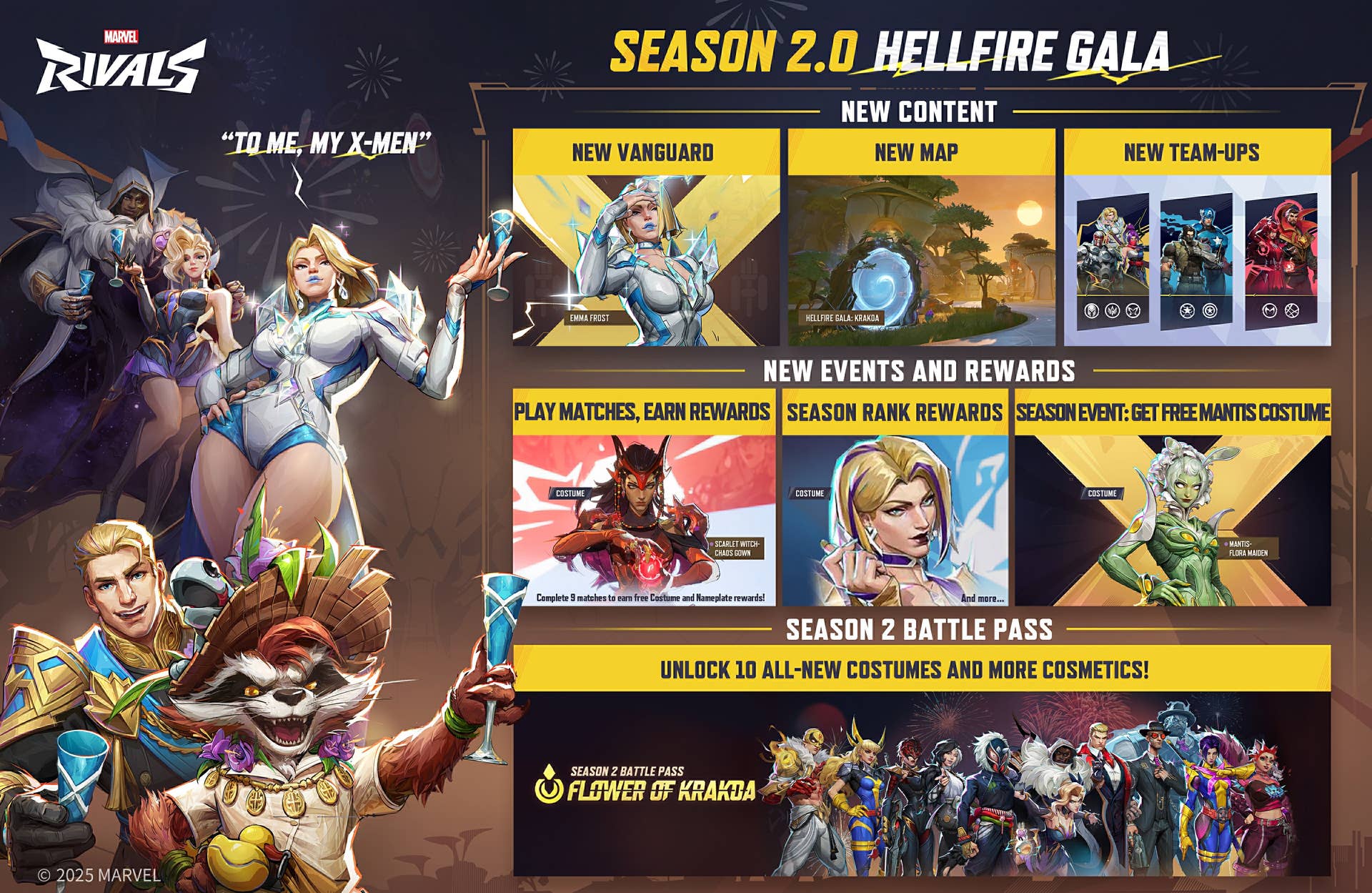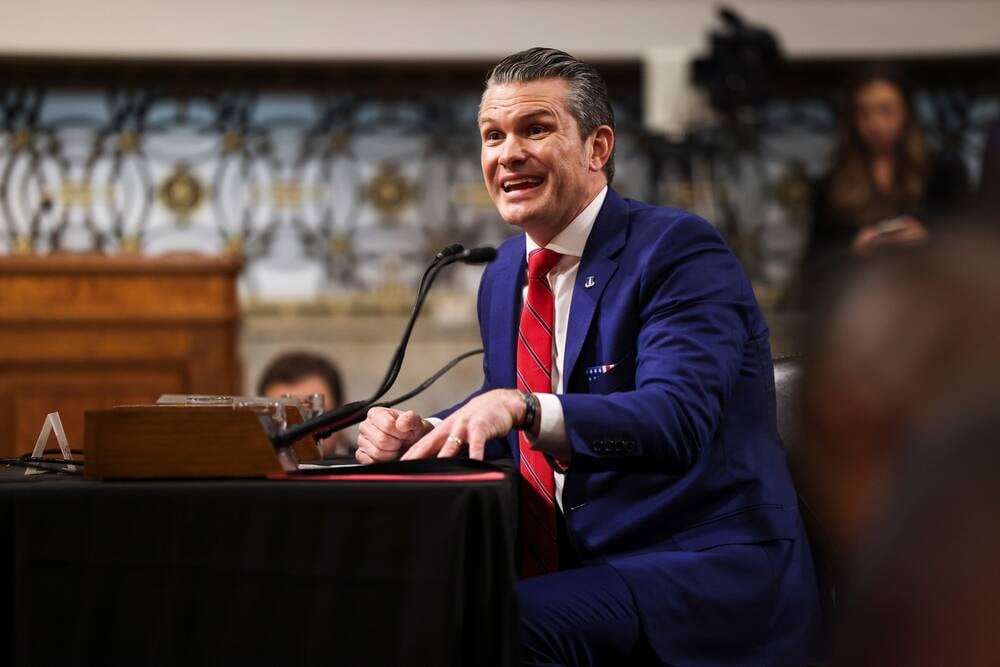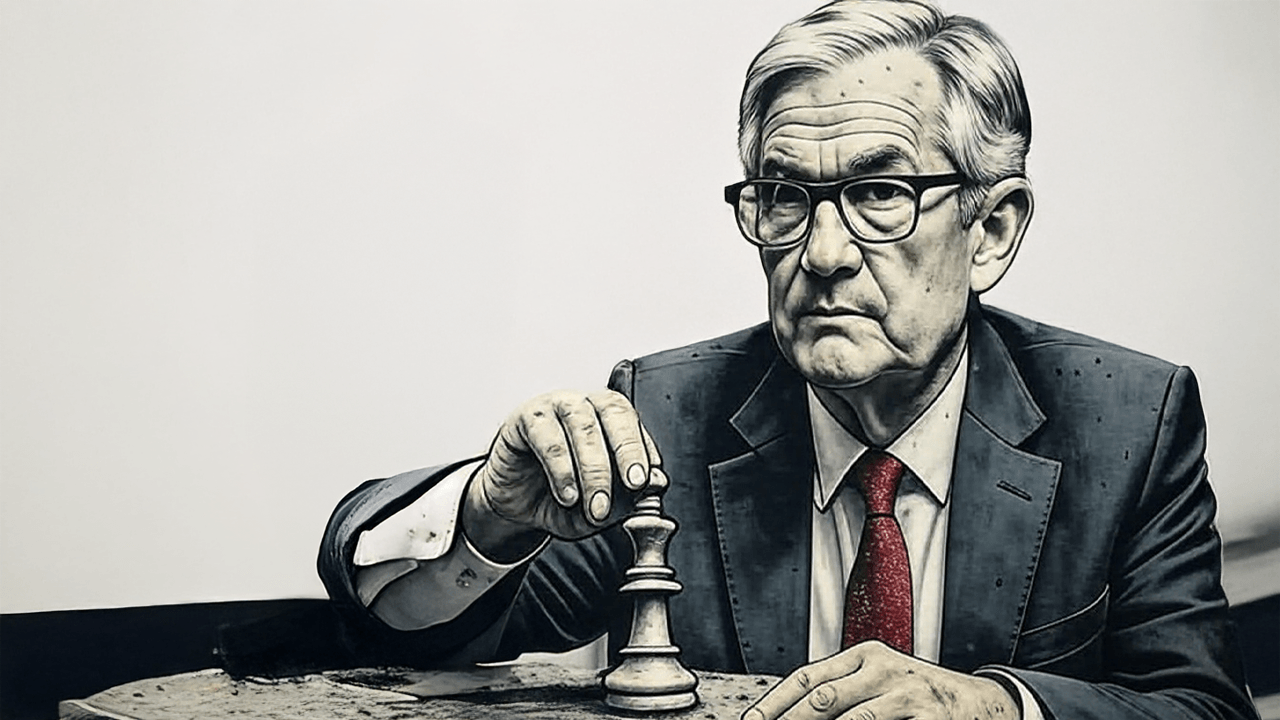5 ways to cultivate curiosity and become a better leader
Curiosity isn’t just a valuable personality trait—it’s a leadership superpower. In a business environment where innovation dictates success, curiosity serves as the catalyst for breakthroughs and industry reinvention. Yet, despite its transformative potential, curiosity remains one of the most undervalued tools in leadership today. According to a Harvard Business Review study, curiosity fosters openness and collaboration while reducing decision-making errors. Yet only 24% of organizations actively encourage it, leaving a wealth of untapped potential on the table. The best leaders don’t just seek answers; they reframe problems. Instead of asking, “How do we fix this?” they ask, “What if we reimagine this entirely?” Leaders who embrace this mindset uncover opportunities for reinvention that others overlook because they only focus on immediate challenges. Curiosity Begins with Observation In the world of art and design, curiosity begins with observation. Georgia O’Keeffe once remarked, “Nobody sees a flower, really. It is so small we haven’t time, and to see takes time.” Her words offer a lesson for leaders: True insight comes from taking the time to observe and understand what others overlook. The design thinking process mirrors this ethos, emphasizing empathy, iteration, and a willingness to embrace failure. Leaders who adopt these principles uncover unmet needs and rethink stagnant paradigms. For instance, I once worked with a biotech executive who revitalized their R&D team with a single question: “What are we missing in the data that could change the trajectory of our discovery?” This curiosity-fueled inquiry led to a cross-disciplinary exploration, resulting in a groundbreaking treatment that shifted the company’s competitive position. Curiosity in Action A CTO in the high-tech sector found their team stuck in a cycle of diminishing returns during a critical product launch. Instead of defaulting to conventional troubleshooting, they asked a provocative question: “What would this look like if we started from scratch?” Initially, the team hesitated, but once framed as a thought experiment, it sparked a creative dialogue that dismantled assumptions. The result? A novel approach that solved the immediate challenge and laid a foundation for long-term innovation. In another instance, a CEO at a multinational organization embarked on a listening tour to understand their global workforce. They asked a simple yet profound question: “What inspires you to do your best work?” This inquiry revealed a blend of universal motivators and culturally specific insights, enabling the CEO to craft a new, inclusive company mission. The initiative boosted engagement, fostered a sense of belonging, and unified the workforce across continents. A Framework for Leaders to Cultivate Curiosity To harness curiosity as a leadership tool, leaders must commit to intentional practices that foster curiosity-driven innovation: Ask Bigger Questions. Shift from tactical fixes to expansive, open-ended questions. Replace “How can we cut costs?” with “How can we create more value with fewer resources?” These questions inspire fresh perspectives and out-of-the-box thinking. Practice Empathetic Observation. Adopt an artist’s lens—taking the time to truly see your team, customers, and market dynamics. Listen deeply and observe without preconceived notions. Empathy is the foundation for uncovering unmet needs and fostering trust. Prototype Curiosity. Treat curiosity like a skill to be honed. Run curiosity workshops where no idea is too wild. Encourage iterative brainstorming and test small ideas before scaling them, creating a low-risk environment for experimentation. Embrace Failure as Discovery. Curiosity-driven leadership requires psychological safety. When teams see failure as a learning opportunity rather than a liability, they are more willing to take risks and innovate. Leaders must model this openness. Stay Open to Being Wrong. Curiosity isn’t about confirming what you already know—it’s about exploring the unknown. The best leaders I have worked with are those willing to challenge their own assumptions and learn from unexpected perspectives. Curiosity doesn’t just spark innovation—it strengthens connections. By demonstrating a genuine interest in your team, their challenges, and their aspirations, you build a culture of trust and collaboration. Leaders who guide with curiosity create workplaces where people feel valued, heard, and inspired to contribute their best. Curiosity allows leaders to navigate complexity with agility and vision in a fast-paced environment. It enables them to ask the questions others avoid, see patterns others miss, and find solutions others never imagine. In doing so, they transform their organizations and the lives of those they lead. One thing is clear: The leaders who thrive will be those who lead with curiosity. The future belongs to th

Curiosity isn’t just a valuable personality trait—it’s a leadership superpower. In a business environment where innovation dictates success, curiosity serves as the catalyst for breakthroughs and industry reinvention. Yet, despite its transformative potential, curiosity remains one of the most undervalued tools in leadership today.
According to a Harvard Business Review study, curiosity fosters openness and collaboration while reducing decision-making errors. Yet only 24% of organizations actively encourage it, leaving a wealth of untapped potential on the table.
The best leaders don’t just seek answers; they reframe problems. Instead of asking, “How do we fix this?” they ask, “What if we reimagine this entirely?” Leaders who embrace this mindset uncover opportunities for reinvention that others overlook because they only focus on immediate challenges.
Curiosity Begins with Observation
In the world of art and design, curiosity begins with observation. Georgia O’Keeffe once remarked, “Nobody sees a flower, really. It is so small we haven’t time, and to see takes time.”
Her words offer a lesson for leaders: True insight comes from taking the time to observe and understand what others overlook. The design thinking process mirrors this ethos, emphasizing empathy, iteration, and a willingness to embrace failure. Leaders who adopt these principles uncover unmet needs and rethink stagnant paradigms.
For instance, I once worked with a biotech executive who revitalized their R&D team with a single question: “What are we missing in the data that could change the trajectory of our discovery?”
This curiosity-fueled inquiry led to a cross-disciplinary exploration, resulting in a groundbreaking treatment that shifted the company’s competitive position.
Curiosity in Action
A CTO in the high-tech sector found their team stuck in a cycle of diminishing returns during a critical product launch. Instead of defaulting to conventional troubleshooting, they asked a provocative question: “What would this look like if we started from scratch?”
Initially, the team hesitated, but once framed as a thought experiment, it sparked a creative dialogue that dismantled assumptions. The result? A novel approach that solved the immediate challenge and laid a foundation for long-term innovation.
In another instance, a CEO at a multinational organization embarked on a listening tour to understand their global workforce. They asked a simple yet profound question: “What inspires you to do your best work?”
This inquiry revealed a blend of universal motivators and culturally specific insights, enabling the CEO to craft a new, inclusive company mission. The initiative boosted engagement, fostered a sense of belonging, and unified the workforce across continents.
A Framework for Leaders to Cultivate Curiosity
To harness curiosity as a leadership tool, leaders must commit to intentional practices that foster curiosity-driven innovation:
- Ask Bigger Questions. Shift from tactical fixes to expansive, open-ended questions. Replace “How can we cut costs?” with “How can we create more value with fewer resources?” These questions inspire fresh perspectives and out-of-the-box thinking.
- Practice Empathetic Observation. Adopt an artist’s lens—taking the time to truly see your team, customers, and market dynamics. Listen deeply and observe without preconceived notions. Empathy is the foundation for uncovering unmet needs and fostering trust.
- Prototype Curiosity. Treat curiosity like a skill to be honed. Run curiosity workshops where no idea is too wild. Encourage iterative brainstorming and test small ideas before scaling them, creating a low-risk environment for experimentation.
- Embrace Failure as Discovery. Curiosity-driven leadership requires psychological safety. When teams see failure as a learning opportunity rather than a liability, they are more willing to take risks and innovate. Leaders must model this openness.
- Stay Open to Being Wrong. Curiosity isn’t about confirming what you already know—it’s about exploring the unknown. The best leaders I have worked with are those willing to challenge their own assumptions and learn from unexpected perspectives.
Curiosity doesn’t just spark innovation—it strengthens connections. By demonstrating a genuine interest in your team, their challenges, and their aspirations, you build a culture of trust and collaboration. Leaders who guide with curiosity create workplaces where people feel valued, heard, and inspired to contribute their best.
Curiosity allows leaders to navigate complexity with agility and vision in a fast-paced environment. It enables them to ask the questions others avoid, see patterns others miss, and find solutions others never imagine. In doing so, they transform their organizations and the lives of those they lead.
One thing is clear: The leaders who thrive will be those who lead with curiosity. The future belongs to those who dare to be curious.










































































































































































![[The AI Show Episode 143]: ChatGPT Revenue Surge, New AGI Timelines, Amazon’s AI Agent, Claude for Education, Model Context Protocol & LLMs Pass the Turing Test](https://www.marketingaiinstitute.com/hubfs/ep%20143%20cover.png)




























































































































![From Accountant to Data Engineer with Alyson La [Podcast #168]](https://cdn.hashnode.com/res/hashnode/image/upload/v1744420903260/fae4b593-d653-41eb-b70b-031591aa2f35.png?#)





































































































.png?#)



















































































































































![Apple Posts Full First Episode of 'Your Friends & Neighbors' on YouTube [Video]](https://www.iclarified.com/images/news/96990/96990/96990-640.jpg)

![Apple May Implement Global iPhone Price Increases to Mitigate Tariff Impacts [Report]](https://www.iclarified.com/images/news/96987/96987/96987-640.jpg)




























































































































